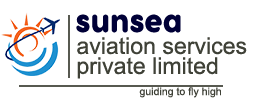Sunsea Aviation Services Private Limited
Pilot Training In South Africa
Introduction
Good pilots are the product of good flight training
All pilots are not created equal and there is not one flight training organisation that is the best option for everyone. To get the most out of your training, it is important you first set yourself some goals. This can be as simple as ‘I’d like to learn how to fly an aircraft’ to ‘I want to become an airline pilot as quickly as possible’
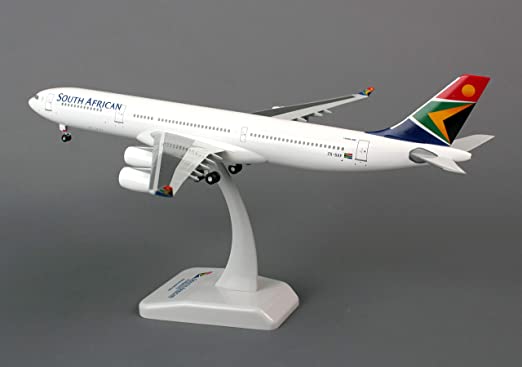

Introduction
Good pilots are the product of good flight training
All pilots are not created equal and there is not one flight training organisation that is the best option for everyone. To get the most out of your training, it is important you first set yourself some goals. This can be as simple as ‘I’d like to learn how to fly an aircraft’ to ‘I want to become an airline pilot as quickly as possible’
- Graduates ready for immediate transition to jet aeroplane training
- Efficient training in an environment that maximizes proficiency
- Modern well equipped Aeroplanes and type specific Flight Simulators
- Most comprehensive Jeppesen based Airline Pilot ground school
- Courses modelled on European EASA-FCL standards
The top three largest cities in South Africa are Johannesburg, Durban and Cape Town
In South africa ‘all year-round’ weather conditions – the student can complete your PPL or CPL a lot faster than at home and do so in a sun-filled and fun-filled environment.
The low cost of pilot training in South Africa, combined with the endless summer climate, makes it the ideal learn to fly location. South African normally offers glorious sunny days, with little wind or rain in most parts of the country. No grey winter days when you cannot fly.
The cost of learning to fly may be low, but the pilot training is world-class. South Africa’s weak Rand currency works to your advantage. In comparison to the UK, Europe, North America and many other countries, the prices of most goods and services are very low.
When you learn to fly in South Africa you get the highest quality of flight schools, aircraft and flying instructors. People are very friendly and we look forward to making you feel welcome.
Students can get quality flight training and accommodation, have the time of their life and experience the South African culture and scenic beauty – all at the same time!
South African Civil Aviation Approved Organization
We are one of the leading pilot training organisation in South Africa established by experienced aviation professionals for you. Our mission is to train pilots to the very highest standard of excellence in aviation, safety, education, competency, command and to achieve their individual, personal and professional aviation goals. The South African Civil Aviation Authority (SA CAA) approved qualification offers valuable experience and professional pre-employment skills that give our students a flying start to their aviation career. If you’ve always dreamed of flying, either as an aviation enthusiast or as a commercial pilot, our first class training programs can help you get your journey off the ground and put your aspirations within reach.
The Academy caters for airline pilot training for both national and international students from all parts of the world. For training as an Airline Pilot there is none better to be found in South Africa. The goal of AAA 4 PILOTS is to produce professional pilots who value LIFE the most and to excellently serve the world aviation industry. Our graduates get the jobs and now fly for major Airlines throughout the World.
We are proud to train pilots in a traditional way, gaining confidence and experience, through development of knowledge and skills by progression of licenses and ratings to get professional edge by training to an airline standard using latest technology, a modern fleet and highly skilled instructors that have a reputation for producing pilots that are in demand.
We are one of the leading flight training academies in South Africa, situated at Virginia Airport Durban. Whether you wish to fly for pleasure or pursue a career in aviation we will commit ourselves to ensure you reach you full potential while realising a lifelong dream of unlimited opportunities
It is our mission as a flying school to provide the best training available to create a generation of future aviators. Our school creates a serious learning environment with experienced but friendly instructors to make sure you enjoy your time with us. Aviation has a lot of opportunities and you can decide whether you wish to fly for pleasure with a Private pilot license (PPL) or pursue a career in aviation with a Commercial pilot licence (CPL) and we are committed to provide you the training you require to accomplish your dream.
We also provide ab-initio training which is starting from scratch with us. On the other hand you can also continue your training from whatever stage you wish. Many of our graduates are highly respected Captains in both the private and public aviation sector and stand as proof to our exceptional standard of aviation training. We do expect commitment from full time students that are pursuing a career in aviation as the aviation industry requires dedication and passion for flying.
With an excellent safety record and top efficiency in service delivery, it is our mission to provide quality pilot Training while also maintaining a highly professional and personal affiliation with our students which are all trained on a one-on-one basis.
Our academy is approved by the South African Civil Aviation Authority (CAA No/0294) which is ICAO compliant. Training courses offered are: (Fixed Wing) Private Pilot License, Night rating. Commercial Pilot License, ATPL, Instrument Rating, Instructor Rating, Simulator training, Ground School Lectures, Radio Telephony courses, Foreign License Validations, Hire & Fly, Conversions and Renewals.
Our Fleet consists of Cessna C150,C152, C172, C172RG, Piper Seneca, Beechcraft Baron, Sundowner which are among the most popular and ideal aircrafts for pilot training worldwide.
Facilities at the academy include: a fully equipped lecture room, flight briefing rooms, free computer based training available in the student study lounge, a kitchen, a recreational area and Swimming pool. Our dedicated full time Flight Instructors and staff will provide step by step support and guidance to instil a high standard of professionalism and discipline.
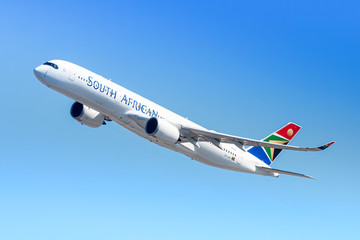
The key benefits pilot training in South Africa
- Graduates ready for immediate transition to jet aeroplane training
- Efficient training in an environment that maximizes proficiency
- Modern well equipped Aeroplanes and type specific Flight Simulators
- Most comprehensive Jeppesen based Airline Pilot ground school
- Courses modelled on European EASA-FCL standards

The key benefits pilot training in South Africa
- Graduates ready for immediate transition to jet aeroplane training
- Efficient training in an environment that maximizes proficiency
- Modern well equipped Aeroplanes and type specific Flight Simulators
- Most comprehensive Jeppesen based Airline Pilot ground school
- Courses modelled on European EASA-FCL standards
Course Overview
Private Pilot License
A Private Pilot License (PPL) is the most sought after type of pilot certification. PPL stands for Private Pilot License……
Commercial Pilot License
A commercial pilot is a person who holds a commercial pilot certificates this is issued via…….
Flight Instructor Ratings
Flight Instructor is usually thought of as someone who teaches a novice how to fly……
Night Ratings
The Night Ratings allows you to fly single/multi engine aircraft which can be categorised as…….
Instrument Ratings
Instrument rating refers the qualifications that a pilot should have to fly under instrument flight rules……
Multi Engine Ratings
A Multi Engine Rating is a pilot rating that qualifies you to fly as pilot-in-command (PIC) of any ……
Instructor Ratings
This program is for students who hold a Commercial Pilot Licence with 150 hours of Pilot-in-command ……
ATPL
Also known as the ATP. This is the highest licence one can earn as a civil airplane pilot……
Courses
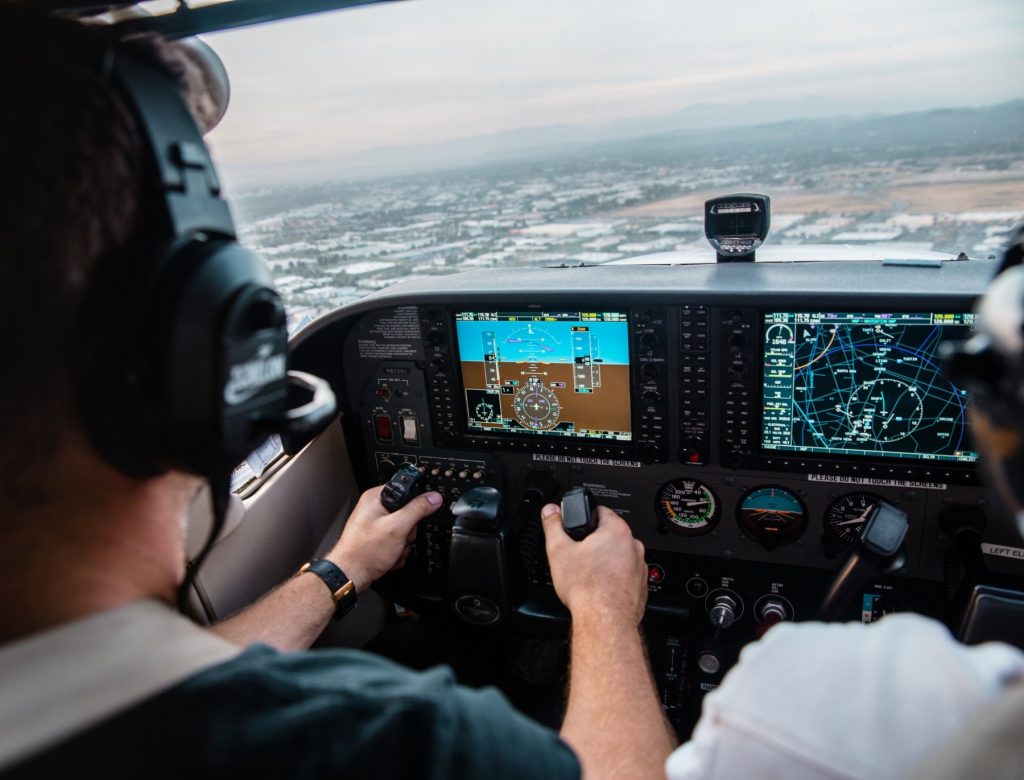
Private Pilot Training(PPL)
The PPL Course equips students with the knowledge, skills and experience to confidently operate light aeroplanes in daylight and good weather.
Students who would like to pursue recreational flying. First step towards a modular Commercial Pilots Licence (CPL).
Course Requirements:-
- You must hold a valid Student Pilot License.
- Successfully pass 8 online PPL examinations (pass mark 75%)
- Complete a English Language Proficiency Test

Private Pilot Training(PPL)
The PPL Course equips students with the knowledge, skills and experience to confidently operate light aeroplanes in daylight and good weather.
Students who would like to pursue recreational flying. First step towards a modular Commercial Pilots Licence (CPL).
Course Requirements:-
- You must hold a valid Student Pilot License.
- Successfully pass 8 online PPL examinations (pass mark 75%)
- Complete a English Language Proficiency Test
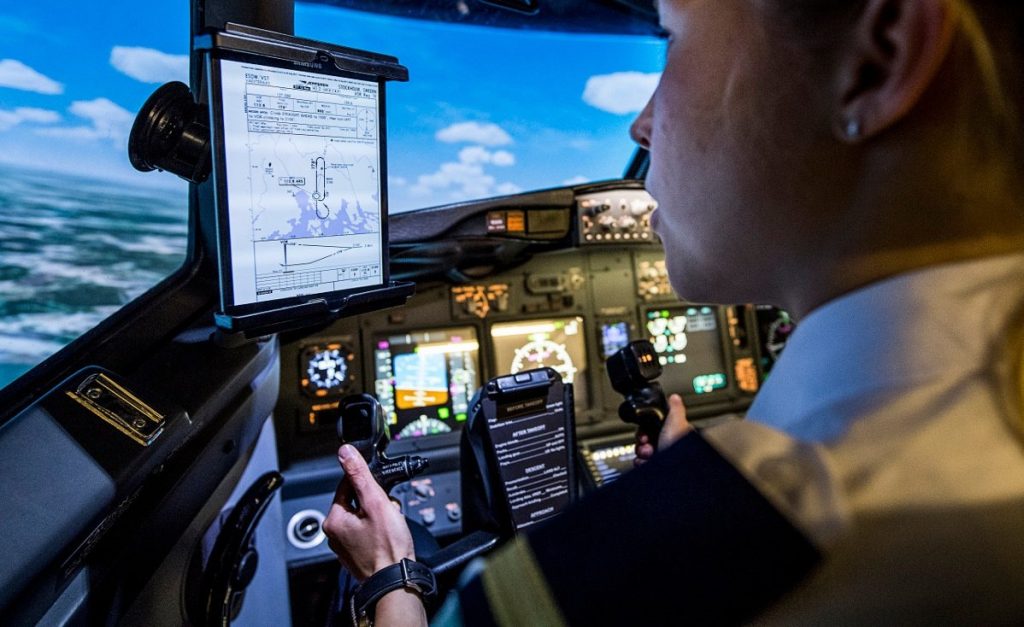
Commercial Pilot Training(CPL)
A Commercial Pilot License (CPL) is the final step in starting your career in aviation. You can achieve an internationally recognized ICAO compliant license. (ICAO = International Civil Aviation Organisation)
Course Requirements:-
- Age minimum of 18 years
- Medical fit (Class 1 aviation medical certificate)
- Pass a General Radio License exam.
- Holder of an Private Pilot License (PPL)

Commercial Pilot Training(CPL)
A Commercial Pilot License (CPL) is the final step in starting your career in aviation. You can achieve an internationally recognized ICAO compliant license. (ICAO = International Civil Aviation Organisation)
Course Requirements:-
- Age minimum of 18 years
- Medical fit (Class 1 aviation medical certificate)
- Pass a General Radio License exam.
- Holder of an Private Pilot License (PPL)
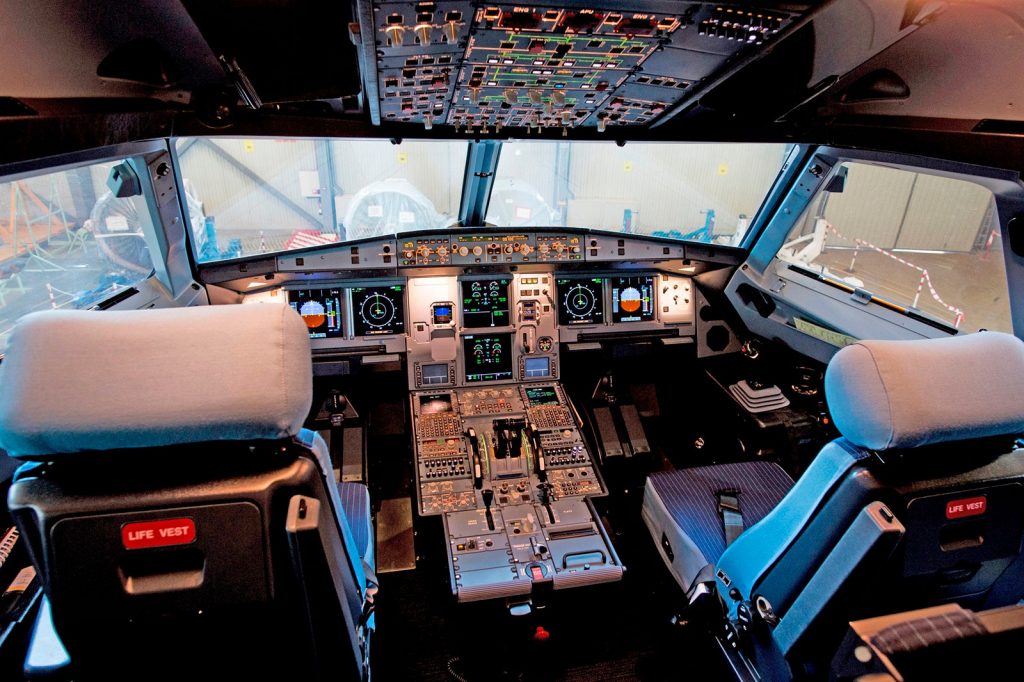
Instrument Rating
This rating allows the commercially rated pilot to act as an instructor on the aircraft types appropriately endorsed. Some candidates find this a useful method of gaining experience, although it should be considered as a long term commitment to the aviation industry.
Course Requirements:-
- Hold a valid Commercial Pilot License or Airline Transport Pilot License
- Hold a valid night rating, unless such rating is an integral part of the pilot license (i.e. CPL).
- Hold a valid Class II medical certificate.
- Hold a general radio license certificate.

Instrument Rating
This rating allows the commercially rated pilot to act as an instructor on the aircraft types appropriately endorsed. Some candidates find this a useful method of gaining experience, although it should be considered as a long term commitment to the aviation industry.
Course Requirements:-
- Hold a valid Commercial Pilot License or Airline Transport Pilot License
- Hold a valid night rating, unless such rating is an integral part of the pilot license (i.e. CPL).
- Hold a valid Class II medical certificate.
- Hold a general radio license certificate.
Multi Engine Rating
Flying a multi engine aircraft is a cornerstone of being a Commercial Pilot, and ensures the new CPL individual is as marketable as possible in the General Aviation market place. It is highly recommended that a pilot obtain this rating.
Completing a multi-engine rating is not only an excellent way to build experience but will give the aspiring professional pilot the edge over single-engine pilots when entering the job market..
Requirements for Multi Engine Class Rating (ME)
The applicant for a class of type rating, in respect of a single-pilot multi-engine aero plane must have:
- You must hold a valid Private Pilot License
- At least 100 hours as PIC in an aero plane.
- 7 hours of theoretical knowledge instruction (briefings) on multi-engine aero plane operation.
- Have at least 70 hours of Pilot in Command time on single engine aircraft and complete a minimum of 6 hours of multi-engine flight time.
- Successfully complete a practical flight test with a Grade One Designated Flight Examiner (DFE).
6 hours of dual flight training in multi-engine airplane operation. This must include not less than 2.5 hours dual flight training covering normal conditions and operations and at least 3.5 hours dual flight training in engine-failure procedures and asymmetric flight. A maximum of 3 hours may be completed in a FSTD approved for this purpose.
In the case where the applicant is the holder of a valid instrument rating on a different category or class of aircraft and wishes to have the instrument rating endorsed on their multi-engine rating the applicant must complete at least 5 hours of additional instrument training of which no more than 3 hours may be completed in a FSTD approved for this purpose.
Instructor Rating
Graduates that have just completed their CPL will normally choose to do an Instructors Rating in order to gain experience. This rating will allow you to work as a flight Instructor and build hours simultaneously. This involves undergoing individual skills testing, evaluation and preparation.
This rating allows the commercially rated pilot to act as an instructor on the aircraft types appropriately endorsed. Some candidates find this a useful method of gaining experience, although it should be considered as a long term commitment to the aviation industry.
Entry Requirements
- Be the holder of a valid Commercial Pilot’s licence or Airline Transport Pilots’ Licence.
- You must complete an approved training course, which involves theoretical knowledge pertaining to instruction and the presentation of ground and air exercise briefings.
- You must have completed 20 hour’s of “Patter”, which is the process of learning to teach in the cockpit environment, and learning how to effectively demonstrate the various flight maneuvers, while providing meaningful commentary.
Airline Transport Pilot License
In order to operate as pilot in command on large commercial multi crew aircrafts an Airline Transport Pilot License (ATPL) must be completed. This is the highest obtainable License in the aviation industry which enables you to become an Airline Captain.
Requirements for ATPL
- You must be 21 years of age.
- Successfully pass 6 online ATPL examinations at CAA.
- Hold a valid CPL
- You will need to accumulate a minimum of 1500 hrs of flying. This will need a considerable amount of time to acquire and is normally gained during your course of employment as a CPL pilot.
- You may however write the ATPL examinations before you have 1500 hours and qualify for a “frozen ATPL” until you meet the hour requirements.
- Be the holder of a Class 1 medical certificate.
- Hold a General Radio Telephony certificate.
- Have completed, within the previous 60 months, a multi-crew cooperation course at an approved ATO
- You must have successfully completed the SACAA ATPL theory examinations.
Sunsea Package- Sunsea has special packages for its students
CPL+ CFL+Job Package Programme
This package will help the students to build up flying hours and speed up the process of qualifying for ATPL.
CFI Placement Program
Instructing gives you a networking opportunity as you work with pilots from all certification and flight experience levels ranging from corporate pilots; regional airline pilots; independent aircraft owner/operators; and career-minded private pilot students. In the close-knit pilot community, your associations will create additional opportunities which will ultimately increase your career earnings.
In the Airline industry today, timing is essential. Sunsea offers highly desired flight instructor jobs in South Africa, where you will earn and build single and multi-engine experience fast.
Guaranteed flight instructor job interview upon successful completion of Sunsea Package – CPL+CFI + Job Assistance
